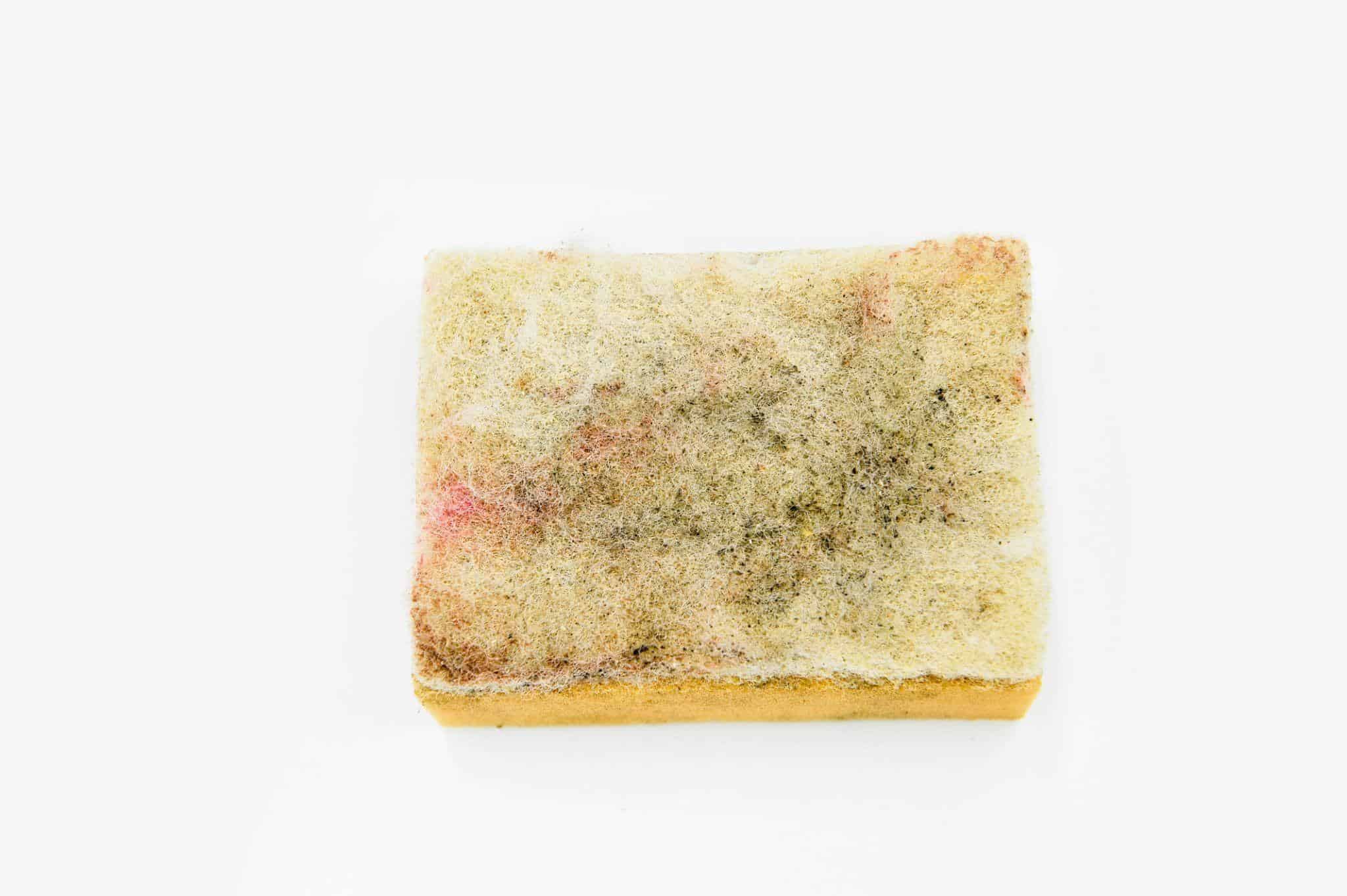If you accidentally forgot some leftovers in your fridge and now have one or more moldy dishes, you will want to get rid of it as effectively as possible. So, do dishwashers kill mold? Unfortunately, these appliances do not kill mold.
One may think that the wash cycle's warm water and dishwasher detergent will do the trick to remove mold from a dish, cup, or container, but unfortunately, they will not. The hot, soapy water is not effective in removing mold, and consequently, some dishwashers will even harbor mold growth within this appliance.

A modly dishwasher can be both unsightly and stinky
Anytime there is moisture and heat, the chances for mold are greater. Here is a detailed explanation of why a dishwasher is ineffective for killing mold and what alternatives you have that are more successful.
It may be confusing to wonder how mold can survive in the dishwasher when hot water and harsh cleaning detergents combine in a wash cycle. Understanding these three contributing factors will help you realize why mold can survive in a dishwasher:
Dishwasher models will vary slightly between manufacturers, but on average, these appliances will run their primary dishwasher cycle between 130° F and 140° F. This high temperature ensures that the dishwashing detergent dissolves fully and actively helps to remove any stuck-on food particles.
If the water temperature is lower than 130° F, you may notice that dishes are not coming out as clean as they should. Alternatively, some dishwashers will have a sanitize feature that helps kill bacteria but is not the same as getting rid of mold spores. These appliances rarely use water temperatures above 150° F, as this small range can cause damage to dishes and internal components.
Because there are several types of mold, it can grow in many environments, from cool to warm, and even some hotter temperatures. In addition, there are hundreds of mold species, making it challenging to determine the style present and how to get rid of it.
Many common mold types grow prolifically between 75°F and 86°F with proper humidity. However, other types can still multiply in cooler temperatures of 40° F or in hotter areas of 120°F or more.
Although extremely high temperatures may successfully kill some types of mold spores, dishwashers are incapable of this task. This is because they cannot handle these increased temperatures for the necessary length of time to kill mold.
Mold spores love damp, dark spaces, making a dishwasher the ideal spot to grow. This appliance is closed up most of the time and does not have ample air circulation. The combination of humid air and the absence of sunlight create the perfect environment for mold to grow.
So, if hot water does not successfully clean mold away from dirty dishes, why won’t a commercial-grade dishwashing liquid help to kill it? Soap is supposed to be an effective cleaner, but mold still remains even after running through a complete dishwashing cycle.

Even a kitchen sponge can serve to spread mold in your kitchen
One main reason these detergents do not help is their ingredients. For example, many common dishwashing liquids contain salt, encouraging yeasts and black mold to thrive. Therefore, the exact product you use in your appliance to clean dishes can promote dishwasher mold and harbor other bacteria.
Now that you know that the answer to the question “do dishwashers kill mold?” is no, how can one get rid of mold? Although mold can be tough to kill, there are simple methods homeowners can use to wash away mold for good. Although some techniques require using bleach to clean off mold, this household product may not remove all layers of the spores.
While bleach may take off the top layer and remove any visible evidence of mold, there could be a remaining background layer of mold spores, which will continue to grow when humidity and warmer temperatures return. Therefore, you should think of bleach as more of a stain-remover if mold stains your clothing, ceiling, or drywall, but not an effective cleaner.
One of the best ways to wash away mold is using white vinegar. Homeowners can use undiluted vinegar to clean moldy dishes successfully. Spray them and let them sit, so the mold spores absorb all the vinegar. If you wipe it away too quickly, the vinegar will not have a chance to penetrate the deeper spores.
Another natural remedy that homeowners can use to clean away mold is baking soda and water mixture. This combination will remove any mold smells and effectively kill the spores. You can use it in a spray bottle for light mold stains or use a more concentrated mix into a paste to apply on moldy dishwasher seals to kill mold and deodorize the appliance at the same time.
Not everyone likes the smell of vinegar when cleaning their home with natural products. So, instead, you can use a combination of vinegar, baking soda, and lemon juice to kill mold on contact and leave a natural citrus scent.
While many homeowners think they have a clean dishwasher because it uses hot water and soap, and you get clean dishes, this isn’t always the case.

Leaving the dishwasher door open after a dishwashing cycle can be effective at preventing mold growth
It can seem like a losing battle to try and fight mold growth in your dishwasher. But, although you may think you cannot win, you can take measures to prevent mold growth Therefore, when you take clean dishes out of your dishwasher, you can be sure that they come from a clean appliance and that there is no risk of mold spores.
Sears tips for fighting mold in your appliances
Preventative maintenance is your best approach to keeping mold away from your dishes. However, if you face a mold problem now, you can use a natural remedy to get rid of it and then follow through with these steps to prevent further issues from returning.
